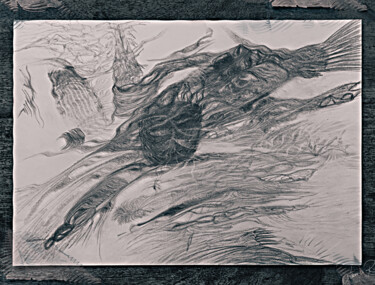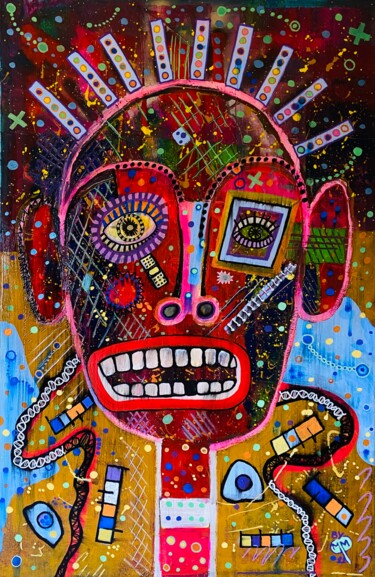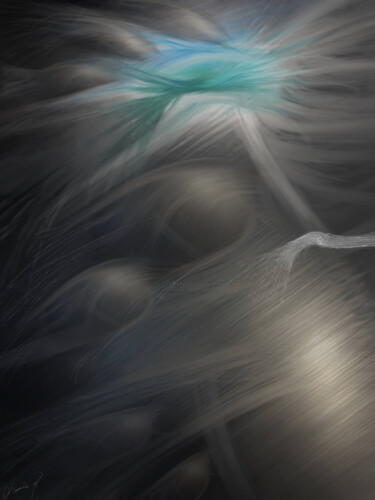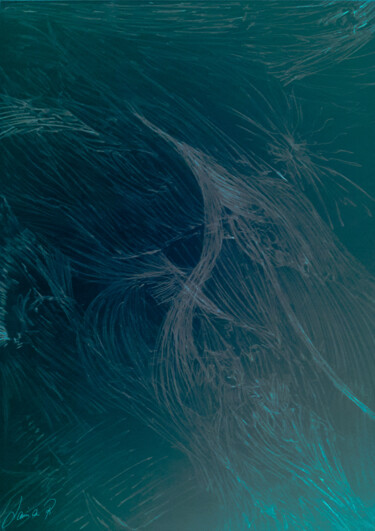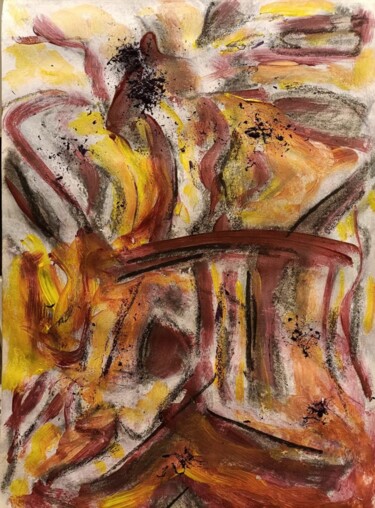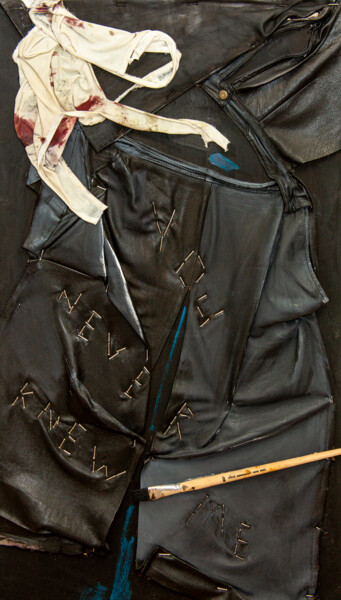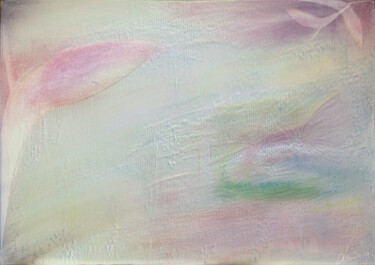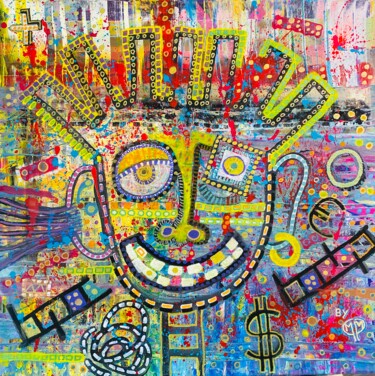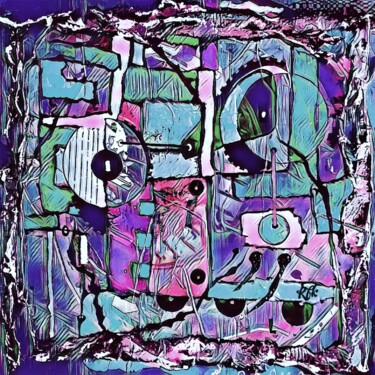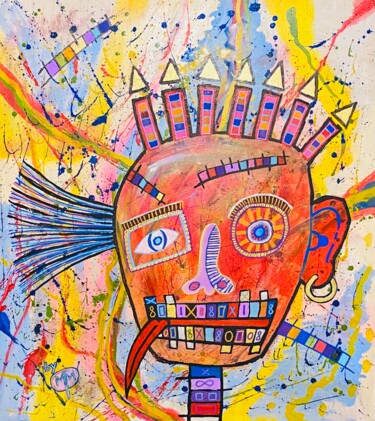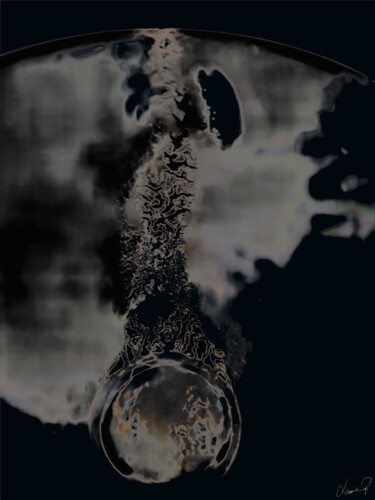60 Original artworks, Limited Editions & Prints:
Artistic movement inseparable from the name of the French artist Jean Dubuffet, art brut continues to enjoy a certain success in the world of contemporary art, as evidenced by the rich production of the artists of Artmajeur.
Art brut, or outsider art, a term coined by the French artist Jean Dubuffet in 1945, designates this particular form of creative expression, mainly the work of self-taught artists, children, marginalized people or psychiatric patients, aiming to achieve a kind of consciousness of "difference".
In fact, the result of the production of this particular type of artists are very unusual and instinctive works, which, apart from particular styles or movements, are extremely raw and emotional.
What is the history of Outsider Art?
The great sensitivity and the strong admiration that Dubuffet nurtured and manifested towards the "purity" of the art of the marginalized developed from fundamental encounters with the French master.
In particular, Dubuffet's art brut was largely influenced in its main concepts by the work of two famous psychiatrists, namely Walter Morgenthaler and Hans Prinzhorn, who, fascinated by the artistic production of their patients, began to value it and to analyze, collect and document it.
Precisely, Dubuffet, who came into contact with these studies, was totally fascinated by them, to the point of believing that the art of the mentally ill could represent the purest form of artistic creation.
Also, one book in particular, Prinzhorn's Bildnerei der Geisteskranken, in which thousands of works of art made by mentally ill people in various European institutions were analyzed, influenced his view of art.
It was after reading this work that Dubuffet began his personal collection, including not only art created by the mentally ill, but also the output of eccentrics, children, misfits, and outcasts.
This collection, called "La Collection de l'Art Brut", was then donated by Jean Dubuffet to the city of Lausanne (Switzerland), where it is still being developed today. The works presented, in the context of permanent or temporary exhibitions, aim to encourage visitors to think about and understand these artists who are not really artists.
What are the most common techniques of the Outsider Art artistic movement?
In reality, there are no representative techniques of outsider art, because each artist in the movement tends to express their inner self autonomously, following their most natural, simple, direct and instinctive tendency. Indeed, works can be created on a wide variety of mediums, such as paper, cardboard, cardboard, wall, canvas, copper and glass.
However, certain recurring stylistic characteristics are frequently found in the work of this type of artist, such as the motifs and particular design methods, which are very obsessive and repetitive.
Probably, these ways of approaching art reveal both a deep sensitivity to the passage of time and a desire to generate a kind of order in an often problematic and chaotic interiority.
As for the materials used, they are, like their creators, often unconventional, as if they wanted to connect more to the rich inner world of their creator.
Who are the famous artists and works?
Jean Dubuffet (1901 - 1985)
Jean Dubuffet, a famous French painter and sculptor, is considered the founder of the Art Brut artistic movement. After attending the Academy of Fine Arts in Le Havre, his hometown, for two years, he went to Paris in 1918 to take courses at the Académie Julian, an institution he would not leave until six months later. . During this formative period, Hans Prinzhorn's book on the art of the insane and the artistic production of primitive peoples exerted a strong influence on him. However, his decision to become a painter did not become final until 1942, during which time he was largely influenced by the expressionist master Paul Klee. But it was from 1945 that his true path began, a period during which Dubuffet theorized and introduced the concept of art brut. Always in tune with this artistic current, he founded in 1947, with André Breton, Paulhan and Drouin, the "Compagnie de l'art brut". It is precisely in these last projects that the thought of Dubuffet appeared with force: to free oneself from the artistic tradition to seek an original creativity capable of tracing a new path for art.
Adolf Wölfli (1864 - 1930)
Adolf Wölfli, Swiss painter and main representative of Art Brut, was largely marked by the unpleasant events of his childhood, shattered indelibly by the presence of a violent father and the premature death of his mother. These unpleasant events, added to the ill-treatment that the young man suffered during his work in the camps, led the boy to present serious behavioral problems, so much so that he was first imprisoned, then, once his proven schizophrenic state, interned in the Waldau asylum (Switzerland), where he will remain until the end of his days. It was in the psychiatric hospital that the artist consoled himself by drawing, gradually becoming aware of his talent, which would be strongly encouraged and valued by the psychiatrist Walter Morgenthaler. Finally, it is worth highlighting how the artist has produced, during his thirty years of activity, 1,300 drawings, several notebooks of writings and a gigantic biography of no less than 25,000 copies (The legend of Saint Adolf) , works that are mainly in the Museum of Fine Arts in Bern.
Henry Darger (1892 - 1973)
Henry Darger, American writer and illustrator, is best known for his fantastical manuscript, which, titled The Realms of Unreal, is lavishly illustrated with some of the best examples of Outsider art done in watercolor. Regarding the life of the artist, Darger, after losing his mother at the age of four, lived with his caring father until the latter, aged and disabled, was taken to a retirement home. After this episode, he first ended up in a Catholic asylum for young people, then was transferred to a mental asylum, because he was declared mentally ill. The suffering of this confinement has been largely sublimated in the literary work Les filles de Vivian. In 1908, Darger manages to escape from the psychiatric hospital, but the taste of his freedom is marked by a strong existential monotony.
Howard Finster (1916 - 2001)
Howard Finster, American Baptist artist and minister, claimed to have been inspired by God to spread the gospel through his artistic creation, including outsider, naïve, and visionary artwork. Finster's artistic research became known to the general public in the 1980s, when he designed the album covers of the famous American groups REM and Talking Heads. As far as the artist's private life is concerned, Finster, who was born in Alabama and grew up on his large family's farm, had his first vision at the age of thirteen, an extremely illuminating episode that led to his dedication to preaching. As for his artistic career, he devoted himself to the construction of museums intended to collect and exhibit the specimens of what humanity has created, such as the Plant Farm Museum, as well as the production of sacred art, portraits and pop culture icons.
Where to buy art by Belgian artists?
Artmajeur presents a selection of the best Contemporary Belgian artists: Belgian painters, Belgian sculptors, Belgian photographers, you can find both emerging and confirmed artists on the gallery.
While painters, sculptors and photographers from Belgium are the most popular techniques, we also have great contemporary works for sale in other techniques like collages, digital arts or textile arts. Artmajeur gallery is very popular in Belgium because many contemporary artists use it to sell their artworks: collectors looking to buy art by Belgian artists can find a great diversity of techniques, colors, styles and prices.
From Brussels to Ghent, via Charleroi, Liège and Antwerp, Belgium has always been a formidable artistic cradle. The country of surrealism, nicknamed thus because of its illustrious representatives such as René Magritte, Paul Nougé, Achille Chavée, Ferdinand Dumont or even Christian Dotremont, is full of emblematic works of European artistic culture, from Manneken-Pis to The Death of Marat by Jacques-Louis David, through The Census of Bethlehem by Pieter Brueghel the Elder. Whether Flemish or Walloon, sculptors, painters or photographers, many Belgian artists have marked the history of their name: Jan van Eyck, Pieter Paul Rubens, Jacob Jordaens, Anne Teresa de Keersmaeker, Jan Fabre, Hans Memling, Félicien Rops, Luc Tuymans, Paul Delvaux, James Ensor, or even the intriguing sculptor Panamarenko.
Discover contemporary Artworks on Artmajeur
Contemporary art is a vibrant constellation of artistic expressions. This creative universe encompasses a wide array of mediums, from paintings, sculpture, and photography to drawing, printmaking, textile art, and digital art, each medium a star shining with its own distinct radiance. Artists use diverse supports and materials to bring their visions to life, such as canvas, wood, metal, and even innovative digital canvases for the creation of virtual masterpieces.
A contemporary painting, for instance, may weave its story through the masterful strokes of acrylic or oil, while a contemporary sculpture might sing its song in the language of stone, bronze, or found objects. The photographic arts capture and manipulate light to produce striking images, while printmaking employs techniques like lithography and screen-printing to produce multiples of a single, impactful image. Textile art plays with fabrics and fibers, whereas digital art pushes the boundaries of creation with innovative technology.
The allure of contemporary art lies in its boundary-pushing nature, its relentless quest for experimentation and its constant reflection of the evolving human experience. This boundless creativity, coupled with its strong social and personal commentary, makes every piece of contemporary art a unique emblem of its time, a mirror held up to the realities and dreams of our complex world. It whispers to us, moves us, provokes thought, and kindles a deep emotional response, stirring the soul of anyone willing to listen. It is, indeed, the language of emotions and ideas, spoken in the dialect of our era.

©2024 Eliane Ypersiel
Origins and history of contemporary art
The story of contemporary art unfolds in the mid-20th century, marked by seismic shifts in artistic expression. Post-World War II, around the 1950s and 1960s, artists began experimenting beyond traditional confines, challenging the norms of what art could be. This revolutionary epoch birthed myriad new movements and artistic forms such as abstract expressionism, pop art, and minimalism. Paintings, once confined by realism, embraced abstraction, as artists used color and form to express emotions and ideas. Notable periods like the advent of pop art in the late 1950s and early 1960s saw artworks mimicking popular culture and mass media, reflecting society’s shifting focus.
The sculptural arts, too, witnessed a metamorphosis. Sculptors started to experiment with new materials and forms, often creating artworks that interacted with the viewer and the surrounding space, fostering a sense of engagement. Drawing, a timeless practice, also evolved, with artists incorporating innovative techniques and concepts to redefine its role in contemporary art.
Photography, a relatively new medium, emerged as a powerful tool in the contemporary art landscape. Born in the 19th century, it truly came into its own in the latter half of the 20th century, blurring the lines between fine art and documentation. Printmaking, a practice dating back to ancient times, saw renewed interest and experimentation with techniques like lithography, etching, and screen printing gaining prominence.
The realm of textile art expanded dramatically, as artists began to appreciate the versatility and tactile quality of fabric and fibers. Artists began using textiles to challenge the boundaries between fine art, craft, and design.
The dawn of digital technology in the late 20th century heralded a new age for contemporary art. Digital art emerged as artists started leveraging new technologies to create immersive, interactive experiences, often blurring the line between the virtual and the physical world.
Through these transformative periods, the essence of contemporary art has remained the same: a dynamic, evolving reflection of the times we live in, continually pushing boundaries and embracing the new, always questioning, always exploring.

©2023 Victoria B. Lohay
Evolutions of theses contemporary works in the art market
As we navigate through the 21st century, the dynamic landscape of contemporary art continues to evolve and expand, reflecting our ever-changing world. Contemporary paintings, once primarily confined to two-dimensional canvases, now embrace a multitude of forms and techniques, ranging from mixed media installations to digital creations, each piece a rich a weaving of thoughts, emotions, and narratives. Sculpture, too, has ventured far beyond traditional stone and bronze, with artists incorporating light, sound, and even motion, embodying the ephemerality and flux of the modern world.
Photography, in the hands of Contemporary Artists, has expanded its horizons, seamlessly blending with digital technology to create breathtaking imagery that challenges our perception of reality. Drawing, as well, has transcended the borders of paper, incorporating multimedia elements and exploratory techniques to redefine its role in the artistic discourse. Printmaking continues to flourish, with contemporary artists using traditional methods in innovative ways to deliver potent social and personal commentaries.
Textile art, once considered a craft, now holds a prominent place in the contemporary art world, with artists using it to explore issues of identity, tradition, and cultural heritage. Meanwhile, digital art, the newest member of the contemporary art family, has revolutionized the way we create and interact with art, presenting immersive experiences that blur the boundary between the virtual and the physical.
These diverse forms of contemporary art hold significant value in the current art market, not only due to their aesthetic appeal but also their ability to encapsulate and communicate complex ideas and emotions. Collectors, curators, and art lovers worldwide seek these works, drawn to their inherent dynamism, their innovative use of materials, and their eloquent expressions of our shared human experience. As a testimonial to our times, these contemporary artworks encapsulate the pulse of our society and the resonance of individual voices, forever etching our collective narrative into the annals of art history.
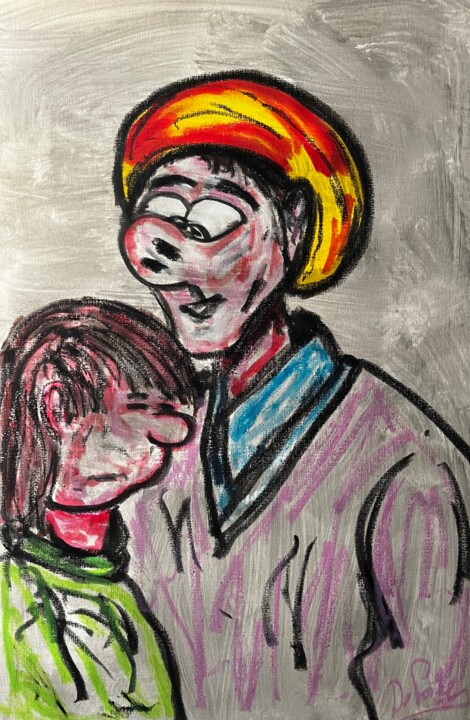
©2023 Olivier De Pooter
Famous Contemporary Artists
As we delve into the vibrant realm of contemporary art, we encounter an array of artists who shape this dynamic field. Each a master in their medium - painting, sculpture, photography, drawing, printmaking, textile, or digital art - they push artistic boundaries, reflecting our era and challenging perceptions. Let’s explore these remarkable contributors and their groundbreaking works.
1. Gerhard Richter - Known for his multi-faceted approach to painting, Richter challenges the boundaries of the medium, masterfully oscillating between abstract and photorealistic styles. His works, whether featuring squeegee-pulled pigments or blurred photographic images, engage in a fascinating dialogue with perception.
2. Jeff Koons - A significant figure in contemporary sculpture, Koons crafts monumental pieces that explore themes of consumerism, taste, and popular culture. His iconic balloon animals, constructed in mirror-polished stainless steel, captivate with their playful yet profound commentary.
3. Cindy Sherman - An acclaimed photographer, Sherman uses her lens to explore identity and societal roles, particularly of women. Renowned for her conceptual self-portraits, she assumes myriad characters, pushing the boundaries of photography as a medium of artistic expression.
4. David Hockney - Hockney, with his prolific output spanning six decades, is a pivotal figure in contemporary drawing. His bold use of color and playful exploration of perspective convey an intoxicating sense of joy and an unabashed celebration of life.
5. Kiki Smith - An innovative printmaker, Smith’s work explores the human condition, particularly the female body and its social and cultural connotations. Her etchings and lithographs speak to universal experiences of life, death, and transformation.
6. El Anatsui - A master of textile art, Anatsui creates stunning tapestry-like installations from discarded bottle caps and aluminum scraps. These shimmering, flexible sculptures blend traditional African aesthetic with contemporary art sensibilities, speaking to themes of consumption, waste, and the interconnectedness of our world.
7. Rafael Lozano-Hemmer - A leading figure in digital art, Lozano-Hemmer utilizes technology to create interactive installations that blend architecture and performance art. His work, often participatory in nature, explores themes of surveillance, privacy, and the relationship between people and their environments.

©2022 Michel Martin
Notable contemporary artworks
The contemporary art landscape is a dynamic patchwork of diverse expressions and groundbreaking ideas, each artwork a unique dialog with its audience. Here are a selection of some renowned contemporary artworks, spanning various media such as painting, sculpture, photography, drawing, printmaking, textile art, and digital art, that have profoundly influenced this vibrant movement.
"Cloud Gate" by Anish Kapoor, 2006 - This monumental stainless steel sculpture, also known as "The Bean," mirrors and distorts the Chicago skyline and onlookers in its seamless, liquid-like surface, creating an interactive experience that blurs the line between the artwork and the viewer.
"Marilyn Diptych" by Andy Warhol, 1962 - An iconic piece of pop art, this silkscreen painting features fifty images of Marilyn Monroe. Half brightly colored, half in black and white, it reflects the dichotomy of celebrity life and its influence on popular culture.
"Rhein II" by Andreas Gursky, 1999 - This photographic artwork, a digitally-altered image of the Rhine River, is celebrated for its minimalist aesthetic. It strips the landscape to its bare essentials, invoking a sense of tranquility and vastness.
"Black Square" by Kazimir Malevich, 1915 - A revolutionary painting in the realm of abstract art, this piece, featuring nothing more than a black square on a white field, challenges traditional notions of representation, symbolizing a new era in artistic expression.
"Puppy" by Jeff Koons, 1992 - This giant sculpture, a West Highland Terrier blanketed in flowering plants, explores themes of innocence, consumer culture, and the interplay between high art and kitsch. It’s a delightful blend of traditional sculpture and garden craft.
"Re-projection: Hoerengracht" by Ed and Nancy Kienholz, 1983-1988 - A room-sized tableau representing Amsterdam’s red-light district, this work combines elements of sculpture, painting, lighting, and found objects. It engages viewers in a stark commentary on commodification and objectification.
"Untitled" (Your body is a battleground) by Barbara Kruger, 1989 - This photomontage, combining black-and-white photography with impactful text, explores issues of feminism, identity, and power. Its potent, confrontational message is a prime example of the power of text in contemporary visual art.
"For the Love of God" by Damien Hirst, 2007 - This sculpture, a platinum cast of a human skull encrusted with 8,601 diamonds, probes themes of mortality, value, and the human fascination with luxury and decadence. It’s a compelling blend of macabre and magnificence.
"Physical impossibility of Death in the Mind of Someone Living" by Damien Hirst, 1991 - This artwork, featuring a tiger shark preserved in formaldehyde, blurs the line between traditional sculpture and biological specimen. It prompts viewers to contemplate mortality and nature’s ferocity.
"One and Three Chairs" by Joseph Kosuth, 1965 - A piece of conceptual art, it presents a physical chair, a photograph of a chair, and a dictionary definition of a chair, thus exploring the relationship between language, picture, and referent in art.
These pieces, in their diversity, exemplify the rich tapestry of contemporary art, each piece a unique commentary on our world and a testament to the limitless potential of creative expression.
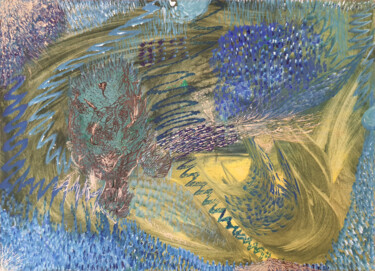
Lamia R.
Gouache on Paper | 16.5x23.4 in
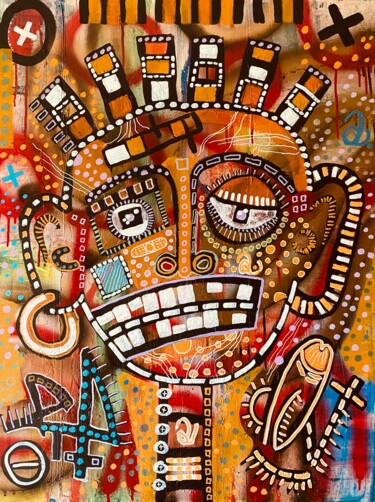
Michel Martin
Acrylic on Canvas | 31.5x23.6 in
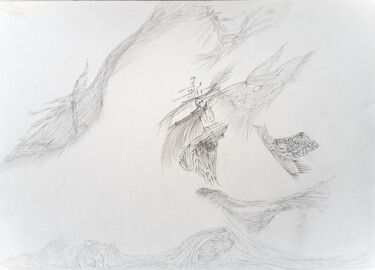
Lamia R.
Graphite on Paper | 16.5x11.7 in
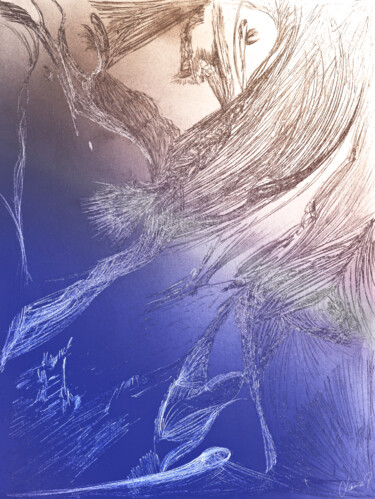
Lamia R.
Digital Arts
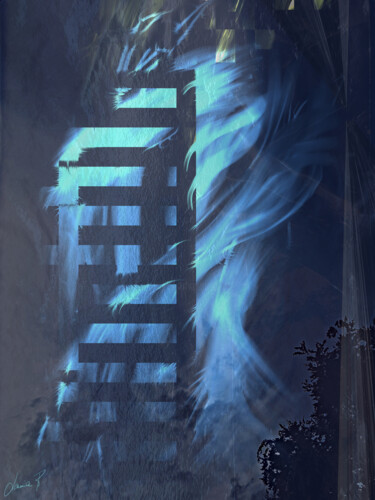
Lamia R.
Digital Arts
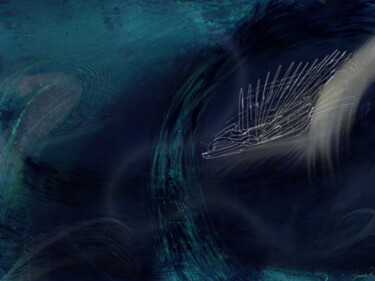
Lamia R.
Digital Arts
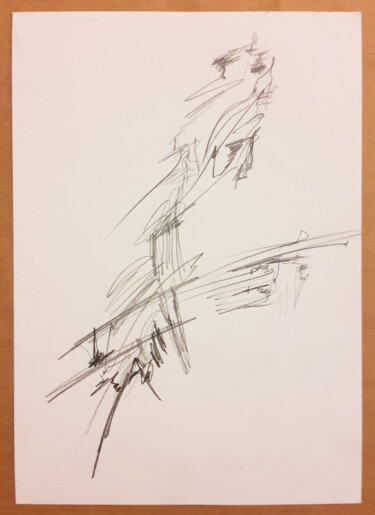
Lamia R.
Graphite on Paper | 11.7x8.3 in

Victoria B. Lohay
Acrylic on Canvas | 35.4x23.6 in
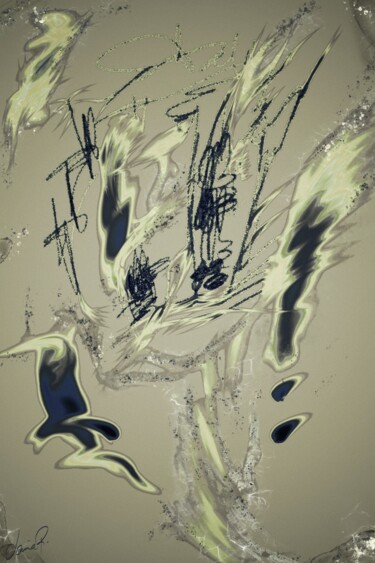
Lamia R.
Digital Arts

Lamia R.
Digital Arts
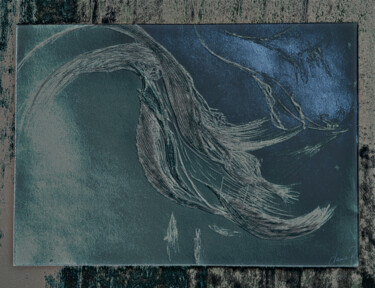
Lamia R.
Digital Arts
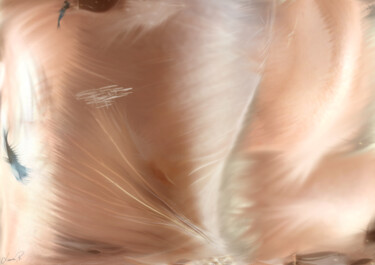
Lamia R.
Digital Arts
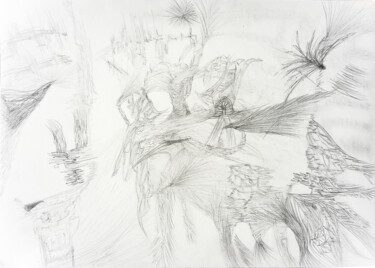
Lamia R.
Graphite on Paper | 11.7x16.5 in
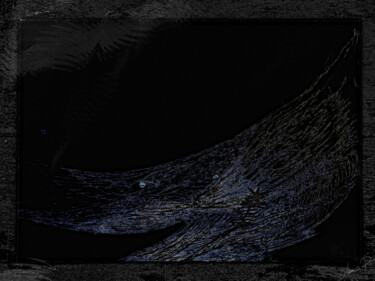
Lamia R.
Digital Arts
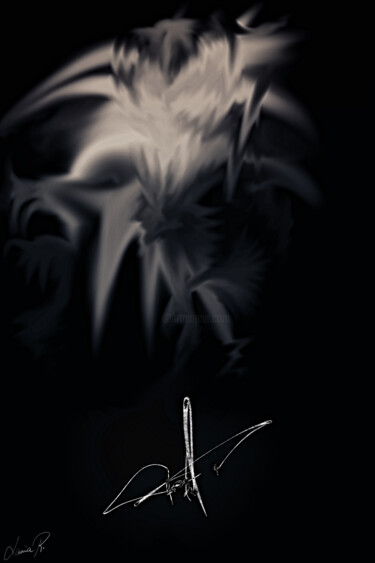
Lamia R.
Digital Arts

Michel Martin
Acrylic on Canvas | 31.5x23.6 in
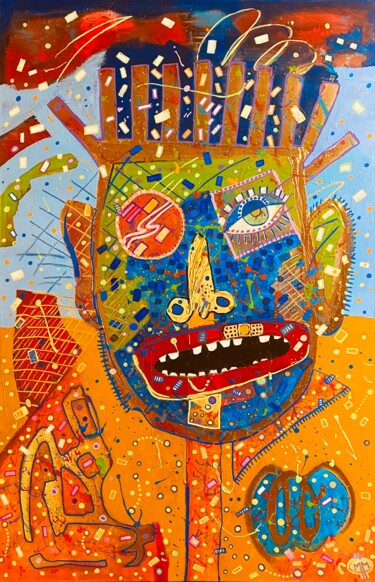
Michel Martin
Acrylic on Canvas | 45.3x29.5 in
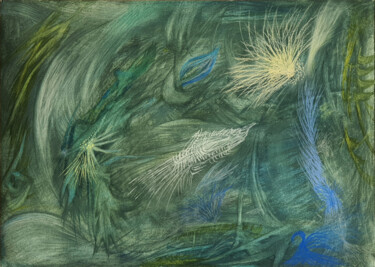
Lamia R.
Pastel on Paper | 16.5x23.4 in
